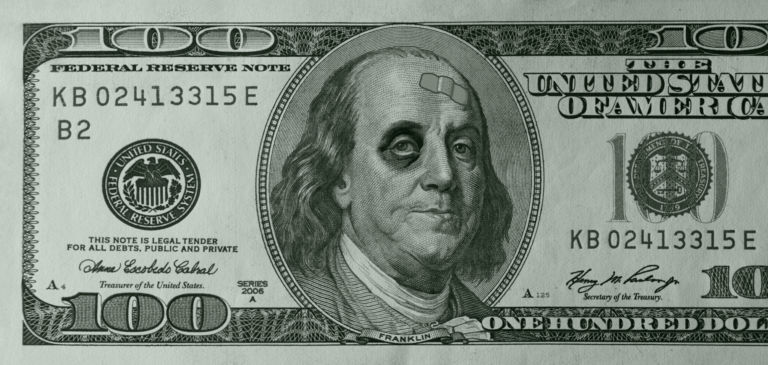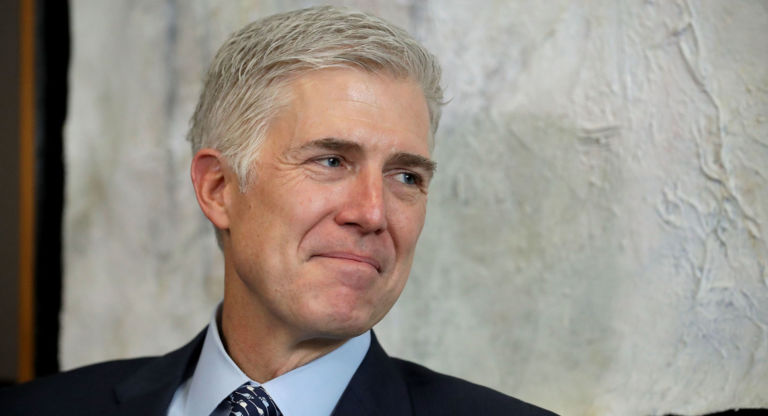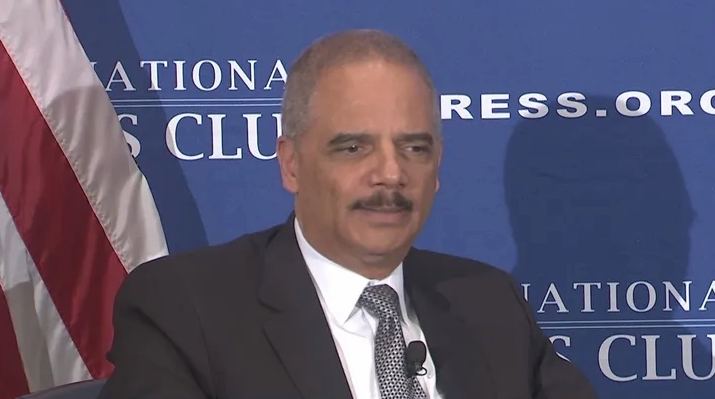The Whitehouse has released a report on occupational licensing that includes some surprizingly sensible findings:
More than one-quarter of U.S. workers now require a license to do their jobs, with most of these workers licensed by the States. The share of workers licensed at the State level has risen five-fold since the 1950s.
About two-thirds of this change stems from an increase in the number of professions that require a license, with the remaining growth coming from changing composition of the workforce….
But by making it harder to enter a profession, licensing can … reduce employment opportunities and lower wages for excluded workers, and increase costs for consumers.
Research shows that by imposing additional requirements on people seeking to enter licensed professions, licensing can reduce total employment in the licensed professions.
Estimates find that unlicensed workers earn 10 to 15 percent lower wages than licensed workers with similar levels of education, training, and experience.
Licensing laws also lead to higher prices for goods and services, with research showing effects on prices of between 3 and 16 percent. Moreover, in a number of other studies, licensing did not increase the quality of goods and services, suggesting that consumers are sometimes paying higher prices without getting improved goods or services.
Licensing requirements vary substantially by State, creating barriers to workers moving across State lines and inefficiencies for businesses and the economy as a whole.
Estimates suggest that over 1,100 occupations are regulated in at least one State, but fewer than 60 are regulated in all 50 States, showing substantial differences in which occupations States choose to regulate. For example, funeral attendants are licensed in nine States and florists are licensed in only one State.
The share of licensed workers varies widely State-by-State, ranging from a low of 12 percent in South Carolina to a high of 33 percent in Iowa. Most of these State differences are due to State policies, not differences in occupation mix across States.
States also have very different requirements for obtaining a license. For example, Michigan requires three years of education and training to become a licensed security guard, while most other States require only 11 days or less. South Dakota, Iowa, and Nebraska require 16 months of education to become a licensed cosmetologist, while New York and Massachusetts require less than 8 months….
Best practices in licensing can allow States, working together or individually, to safeguard the well-being of consumers while maintaining a modernized regulatory system that meets the needs of workers and businesses. Licensing best practices include:
- Limiting licensing requirements to those that address legitimate public health and safety concerns to ease the burden of licensing on workers.
- Applying the results of comprehensive cost-benefit assessments of licensing laws to reduce the number of unnecessary or overly-restrictive licenses.
- Within groups of States, harmonizing regulatory requirements as much as possible, and where appropriate entering into inter-State compacts that recognize licenses from other States to increase the mobility of skilled workers.
- Allowing practitioners to offer services to the full extent of their current competency, to ensure that all qualified workers are able to offer services.
In order for the economy to successfully continue to innovate and grow, we must ensure that we are able to take full advantage of all of America’s talented labor. By one estimate, licensing restrictions cost millions of jobs nationwide and raise consumer expenses by over one hundred billion dollars. The stakes involved are high, and to help our economy grow to its full potential we need to create a 21st century regulatory system—one that protects public health and welfare while promoting economic growth, innovation, competition, and job creation.


